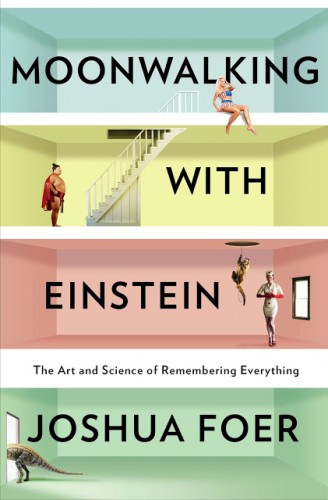
So often do we see these words, whether it is on a self-help book on the half-off shelf in Barnes & Nobles or as part of an over-hyped guide to revamp some skill we already have. A quick Google search reveals: The Art and Science of Cooking (https://modernistcuisine.com/), The Art and Science of Leadership (https://www.nwlink.com/~donclark/leader/leader.html), The Art and Science of S’mores (https://www.visualnews.com/2011/08/12/the-art-and-science-of-smores/). We have become so used to seeing “The Art and Science of ____” that we’ve forgotten what art and science actually mean in this context. “Art” means something intuitive, imprecise, and subjective, a skill cultivated through practice and imagination. “Science” means something researched, measured, and objective, a hard statistic backed by federal funding and white coats. They are on polar ends of the spectrum, but by integrating the two, you can make that perfect gooey S’more (https://pureadk.com/wp-content/uploads/2010/12/Smores.jpg).
In 1959, C.P. Snow lamented the existence of two distinct and split cultures, science and the humanities, whose illiteracy for each other was a grave hindrance to progress. Four decades later, this problem still exists, even in the microcosm of Yale — many humanities students search for the classic “gut” for an “Sc” credit, and many science students claim to be allergic to writing. We coexist, sure, but we do not collaborate, or at least, not nearly enough.

But are science and art really opposites in the human paradigm of thought? Do they merely complement each other in the continual search for knowledge? We need more innovation, discussion, and creativity in our society to solve the growing problems looming before us. Educational disparities, climate change, disease — these are still issues that do not have answers. We do not need complements and integration; we need synergy. So much of our lives clearly depend on the science and technology that have become inseparable from daily functions, but art is also an essential part of our lives, for we need the visualization, interpretation, and abstraction that guide the process of innovation. Scientific progress cannot happen without a little daydreaming.
By eliminating the concept of the two cultures of “Art” and “Science” and engaging in a cross-disciplinary view of the world, we can learn that art and science are really inherently intertwined entities. The connection between art and science has subtle underpinnings in history, society, even in the biology of our own bodies. We need to broaden the scope of our vision of art, the humanities, and science in hopes of finding solutions to our very tangible problems. On a smaller scale at Yale, maybe some humanities majors should trudge up Science Hill, and some STEM students should take an art history class. If we connect the dots between art and science, maybe distributional requirements would not be so painful to finish after all.

